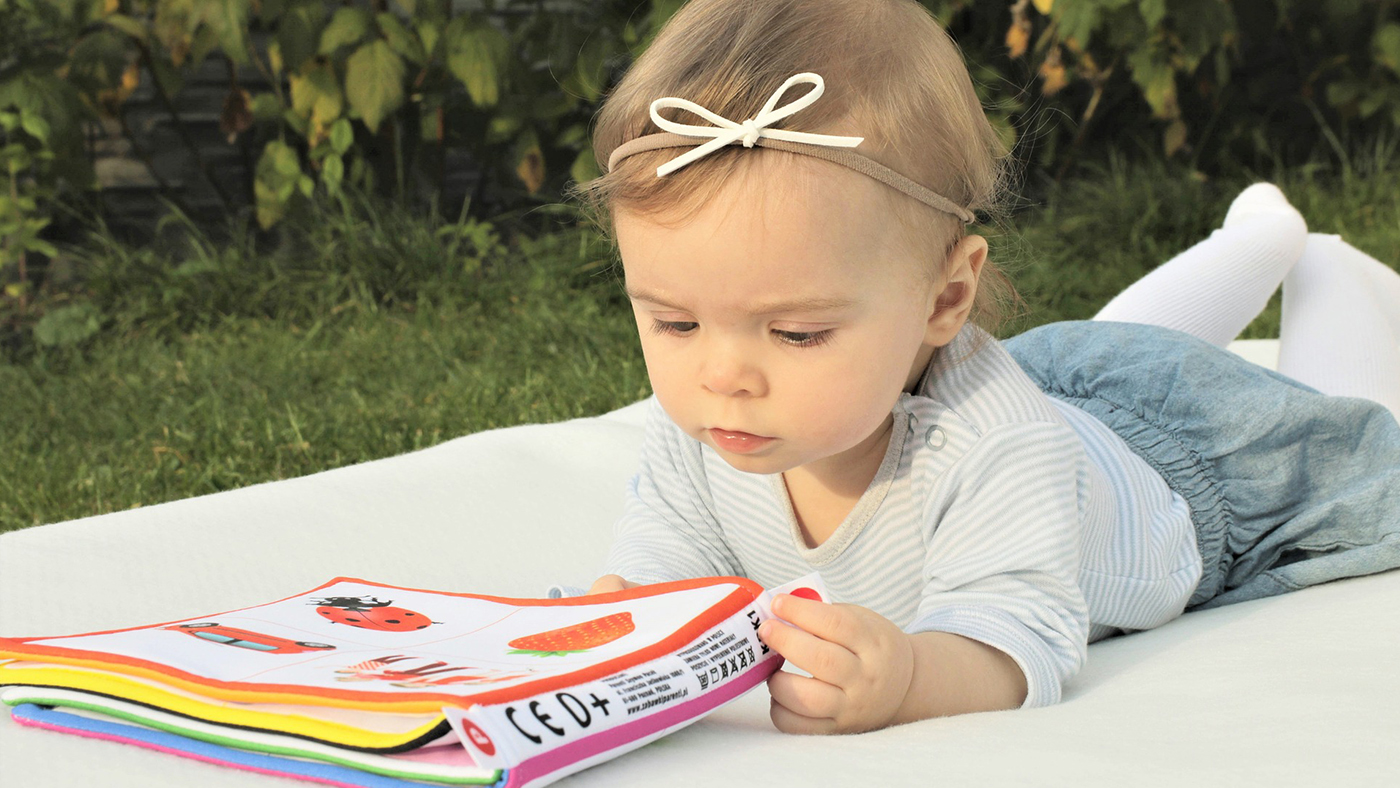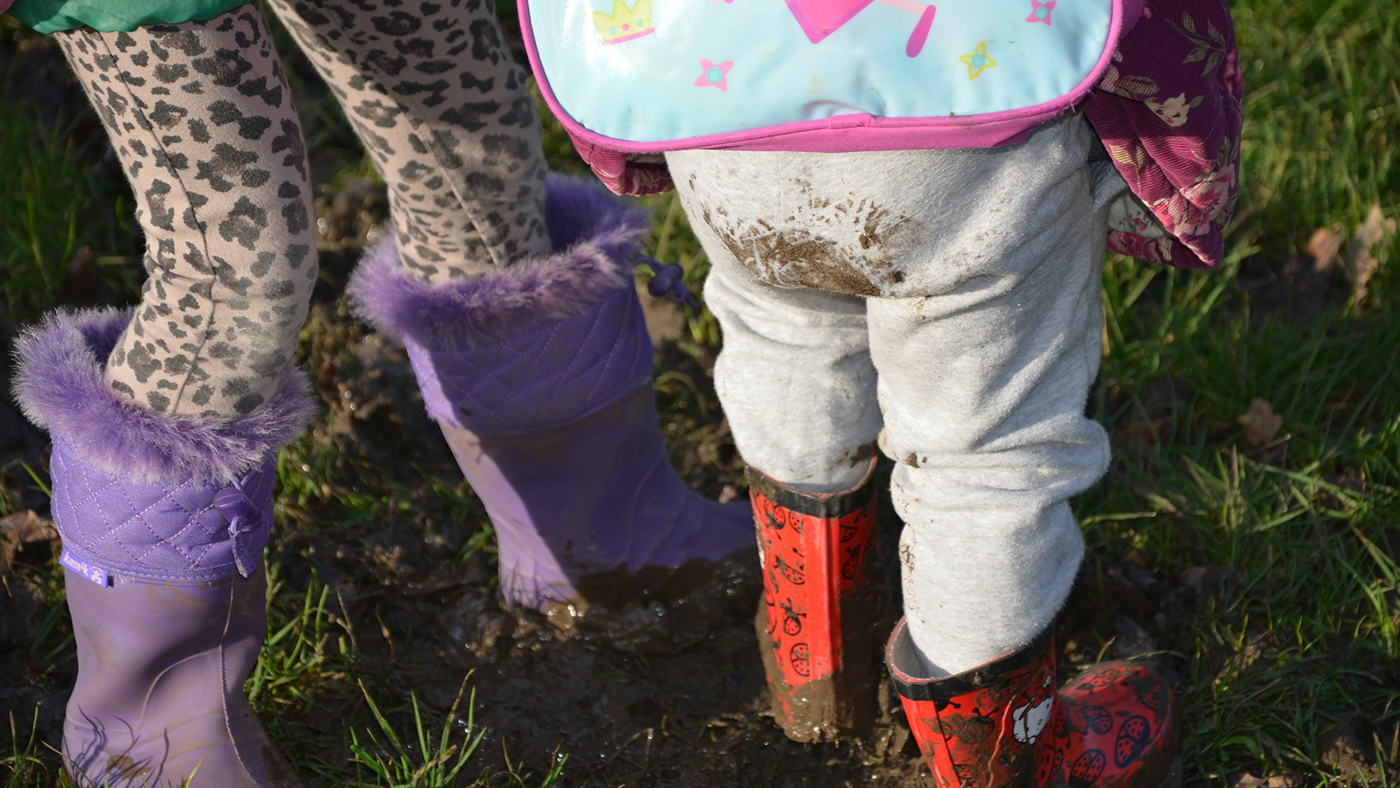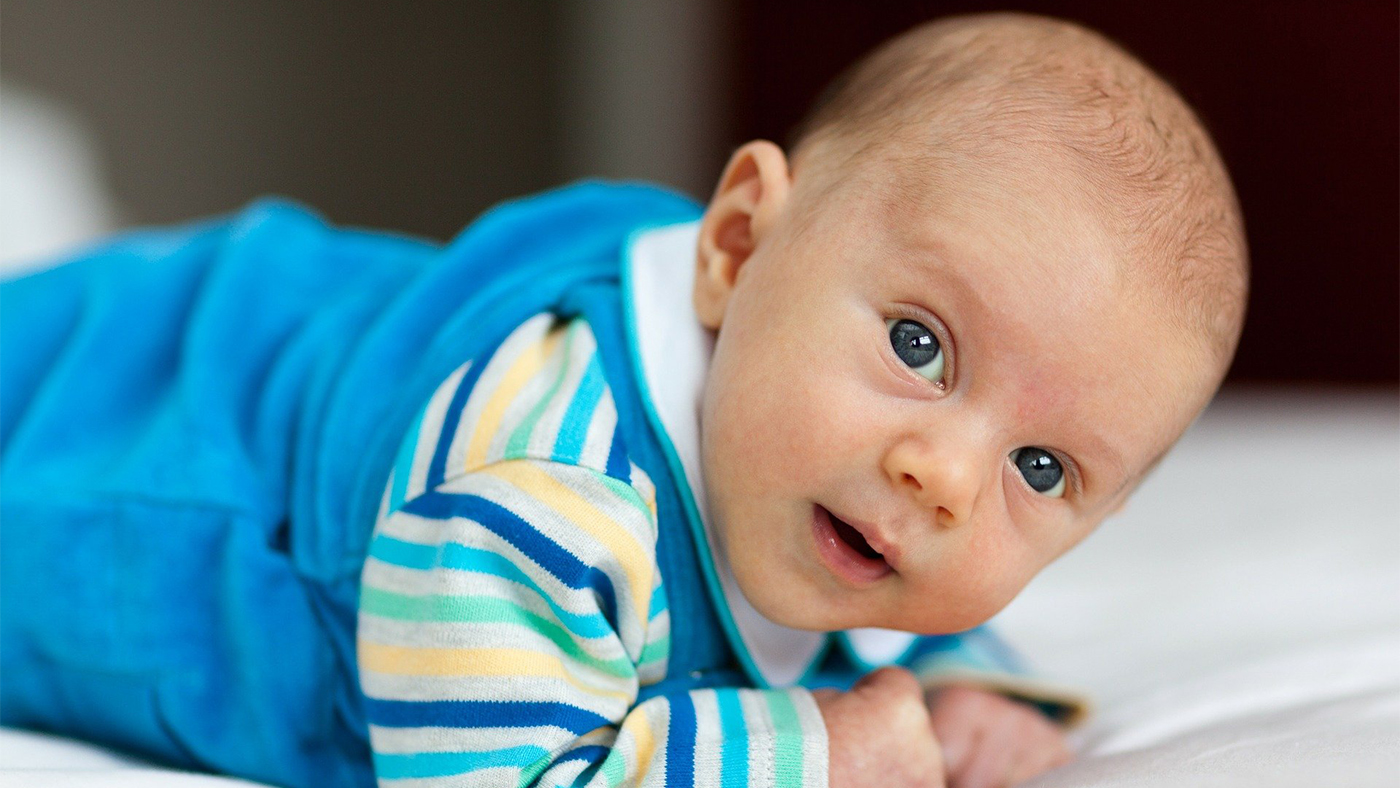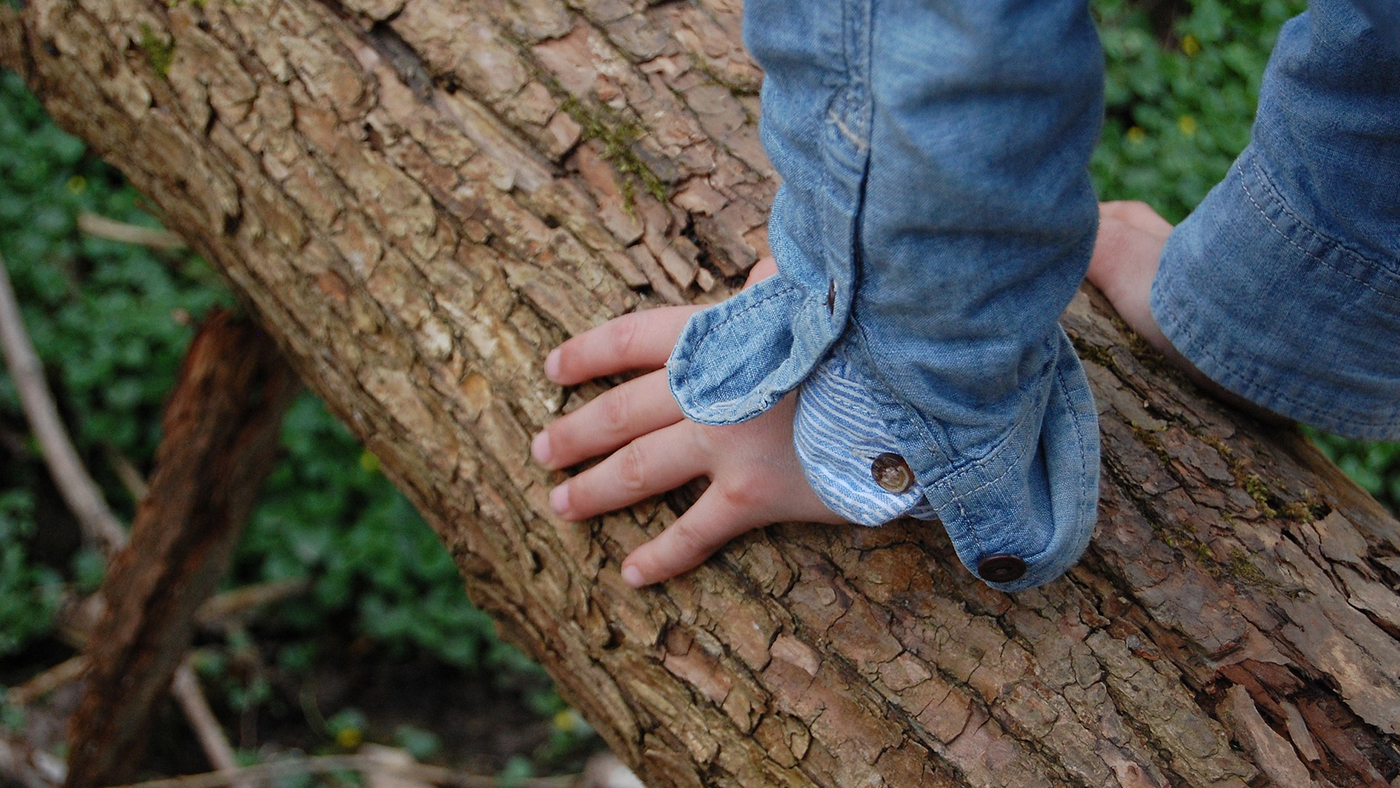A guide to gross motor skill improvement throughout your child’s early years
- Gross Motor

‘Gross Motor Skills’ makes up one of the six key streams of development here at My First Five Years. It's a skill that underpins and intertwines with many other aspects of early learning. There is plenty of activities that your child can take part in that will help to develop, with many able to be adapted to any child's level of development and interest too!
Here’s our list of some helpful gross motor activities for your child, sorted by age range.
Gross Motor Activities for Babies
Spending time on their stomachs (tummy time)
Tummy time is one of the earliest gross motor activities that can be implemented with babies. When introducing tummy time to your baby, it is better to start this off with a ‘little and often' approach. It's best to put your child on their stomach for a short amount of time, a few times a day until they get used to laying this way. [1]
If your child finds it hard to keep their head up during Tummy Time, it may help them to support them with a small rolled-up towel. To encourage them, lay out some of their favourite toys, or even some objects for them to reach out, grab and play with. Tummy time has been known to aid babies in developing strength in their back, neck, and shoulders, which will support them in gross motor activities later in life. [2]
Sensory Discovery Activities (Sensory Hula Hoop)
Sensory hula hoops are a great way to add an extra layer to tummy time for your baby. They can be easily made by attaching sensory items that interest your child to a plastic hula hoop. Items such as fabrics, rattles or anything that your baby likes to feel and touch make great additions.
When you have made the sensory hoop, place your baby in the middle on their stomach. Give them time to explore the variety of objects attached to the hoop. As well as strengthening your child’s back and shoulders, the hoop will encourage your child to turn their head, use their grasp and track objects. As well as this, the sensory element of this activity encourages them to explore using tactile, visual and auditory skills. [3]
Kicking Play
Kicking is part of babies early gross motor development. You might notice your baby kick their legs when lying down, or when they become excited. When babies begin kicking, they are preparing themselves for rolling over. [4] They might kick the air, or they may stretch out with their legs and kick nearby objects.
To encourage kicking play with your baby, you could loosely tie a balloon or a pair of balloons to your babies’ feet. Helium balloons work best for this activity, as your child will be able to see them whilst lying on their back. Your child will begin to make the connection that their kicks make the balloons move! They might even have a go at making different movements with their legs.
Gross Motor Activities for Toddlers
Walking over Different Surfaces
As your child begins to walk, it is important that they are encouraged to walk on a variety of surfaces. Walking on different surfaces will help your child develop their core strength, and in turn, their resistance and balancing skills. [5] As your child walks on a range of surfaces, you might observe them begin to alter their gait and pace. You may notice that they take slower, more considered steps on slippery surfaces like mud, with their arms out for extra balance.

Creating different textures at home to walk on can support this too. Pieces of cardboard, sand trays, or tarpaulin sheets all work great. They could even have a go walking barefoot on these, to really feel the differences.
Stacking and Carrying Building Blocks
Using blocks in play is great for young children. It's often open-ended and can be tailored to whatever a child's chosen interests are. Blocks could be a princess castle, a builder’s yard, or even be made in a space station for little aliens!
Using blocks, especially large ones, in play is great for gross motor development. They bend, stretch, lift and turn, which are all movements that support their gross motor skills. Lifting and carrying objects also supports children in developing their 'proprioception skills' - the fancy term for their understanding of their body position around objects, other people and themselves. [6]
Obstacle Course
Obstacle courses are another great way of developing gross motor skills in young children. They can support your child in making explosive gross motor movements such as crouching, hopping, jumping. [7]
An obstacle course can be easily made at home, both indoors and outdoors, using objects that you may find in your home. Examples of obstacle courses trails could be balancing on objects (such as beams or skipping ropes laid out on the floor), crawling through tunnels or under chairs, throwing balls or bean bags into buckets and climbing over objects such as benches or crates.
Gross Motor Activities for Pre-Schoolers
The Floor is Lava
The floor is lava is a fun gross motor game that can be easily adapted to the environment. For example, it can be played on an outdoor playground, in a back garden or even inside if there is enough space to do so. The premise of the game is simple – don’t touch the floor!
The floor is lava encourages your child to make different movements that support gross motor development. This can include running, jumping, stretching and balancing. It can also support your child in their proprioceptive skills and motor planning. They will be judging the distances that they are jumping and stretching across, thinking about different ways to move between objects without touching the floor.
The floor is lava is also an activity that can be easily adapted depending on your child's skill level. For less confident children, you could begin by spreading cushions or blankets across a carpet. Adding height or more challenging obstacles is an easy way to scale difficulty from there.
Hopping and Jumping Courses
Hopping and jumping games can be as simple as a game of hopscotch, which can be sketched out on a path or patio with some chalks. Hopscotch enables your child to practise jumping on a flat surface, and to shift their balance from two feet to one, and back again.
You could combine gross motor development with cognitive skill-building by making a course of shapes, numbers or letters for your child to jump to, naming them as they go. You could even shout out the names of them for your child to find and hop or jump to.
Play Pretend!
Playing pretend games with your child is one of the best ways to build skills across the spectrum. It is a great way of developing their imagination and language skills, and gross motor development can also be a big aspect of pretend play.
For instance, when your child is pretending to be a mermaid, you might observe them rolling, wriggling their “tail” and “swimming” through the sea. If they are playing pirates, they may run up and down their ship, or even find an object to use as a plank for them to walk above shark-infested waters! Imaginary play is where your child experiments the most with different types of movement and uses different objects to support their play.
Pretend play is also open-ended and easy to adapt depending on your child, so it can take on any route that they desire, with many outcomes.
References
[1] NHS . (2020). How to keep your baby or toddler active. Available: https://www.nhs.uk/conditions/baby/babys-development/play-and-learning/keep-baby-or-toddler-active/.
[2] NHS Start4Life. (2020). Baby moves. Available: https://www.nhs.uk/start4life/baby/baby-moves/.
[3] Blue Cross and Blue Shield of North Carolina Foundation. (2019). Infant Sensory Hoops. Available: http://www.beactivekids.org/assets/pdf/SensoryHoops.pdf.
[4] Mary L.Gavin, MD. (2019). Movement, Coordination, and Your 4- to 7-Month-Old. Available: https://kidshealth.org/en/parents/move47m.html.
[5] Kristen McBee PT, DPT; Anisha Craft PT, DPT, PCS; Renee Leiby PT, DPT and Jan Steinberger PT, DPT. . (2021). Gross motor skills: Birth to 5 years. Available: https://www.chrichmond.org/therapy-services/occupational-therapy/developmental-milestones/gross-motor-skills-birth-to-5-years.
[6] Deepam Pawar. (2021). Sensory Integration Proprioceptive Activities. Available: https://occupationaltherapyot.com/sensory-integration-proprioceptive-activities/.
[7] NHS South Warwickshire Trust. (2021). Children, Young People and Families Occupational Therapy Team GROSS MOTOR SKILLS. Available: https://www.swft.nhs.uk/application/files/6714/5995/2571/gross_motor_skills.pdf.

